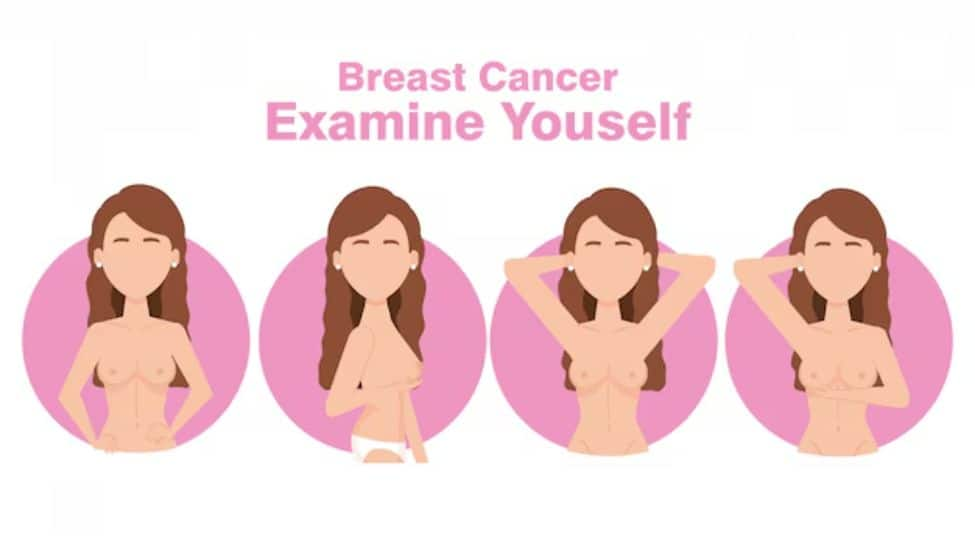Understanding and managing one’s health plays a critical role in maintaining overall well-being. Access to relevant information enables us to make informed decisions and take control of our health. In the area of breast cancer awareness, knowledge of risk factors, symptoms and the importance of self-examinations can significantly improve early detection and outcomes. As breast cancer rates rise worldwide, particularly in developing countries, it is increasingly important for women to remain vigilant and proactive.
Dr Nishith Modi, Consultant Surgical Oncologist, HCG Centre, Vadodara, shares the essential practice of regular breast self-examinations.
Breast self-examination is a methodical approach to examining your breasts. Regular self-examinations help you become familiar with the normal look and feel of your breasts, making it easier to detect unusual changes or abnormalities. While mammograms remain the gold standard for breast cancer screening, performing self-examinations at home is a valuable practice for early detection and self-awareness.
What are the warning signs of breast cancer?
While breast self-examination is an important practice to familiarize yourself with your breasts, it is not a diagnostic tool for breast cancer. Only a qualified health care provider can determine whether a lump detected during a self-examination might be a cause for concern. However, recognizing potential warning signs of breast cancer can help you be more aware of your breast health. Some symptoms to watch for include:
• An inverted nipple or nipples that have retracted.
• Redness, tenderness, rash, or swelling in the breasts.
• Skin changes such as dimples or wrinkles that resemble the texture of an orange peel.
• Unusual nipple discharge.
Step-by-step guide to performing a breast self-examination:
1. Pick a regular time: Designate a specific day each month for your self-exam, ideally a few days after your menstrual period ends. For those who are postmenopausal, choose a date that is easy to remember, such as the first day of each month.
2. Stand or sit in front of a mirror: With your arms relaxed at your sides, look at your breasts for any changes in size, shape or contour. Look for dimples, puckering or changes in skin texture. Check your nipples for any changes in position or discharge.
3. Lie down: Lie on your back and place your right arm behind your head. Use the fingertips of your left hand to gently explore your right breast using small, circular motions and varying the pressure. Be thorough and make sure to cover the entire breast from top to bottom and side to side. Pay close attention to any new lumps, thickened spots, or hardened areas.
4. Repeat on the other side: perform the same exam on your left breast using your right hand.
5. Check your armpits and neck: look for swollen glands or lumps in these areas.
6. Raise your arms and inspect again: With your arms raised, check your breasts again for any changes.
Keep in mind that most breast lumps are benign (not cancerous). Your health care provider may recommend additional tests, such as ultrasounds or mammograms, for a comprehensive evaluation. Regular self-exams, combined with professional exams, play a critical role in breast cancer detection and early intervention.
Disclaimer:
The information contained in this post is for general information purposes only. We make no representations or warranties of any kind, express or implied, about the completeness, accuracy, reliability, suitability or availability with respect to the website or the information, products, services, or related graphics contained on the post for any purpose.
We respect the intellectual property rights of content creators. If you are the owner of any material featured on our website and have concerns about its use, please contact us. We are committed to addressing any copyright issues promptly and will remove any material within 2 days of receiving a request from the rightful owner.

